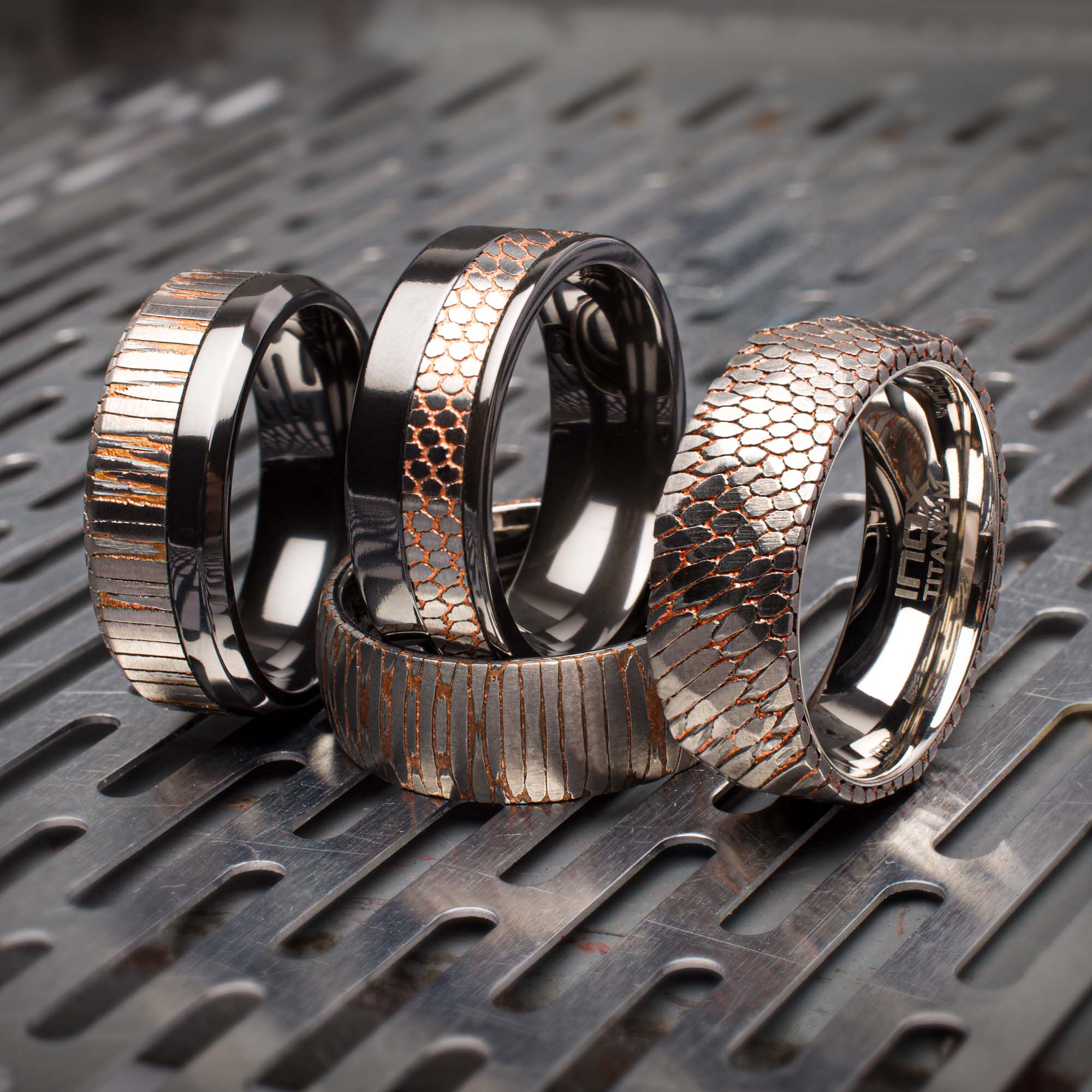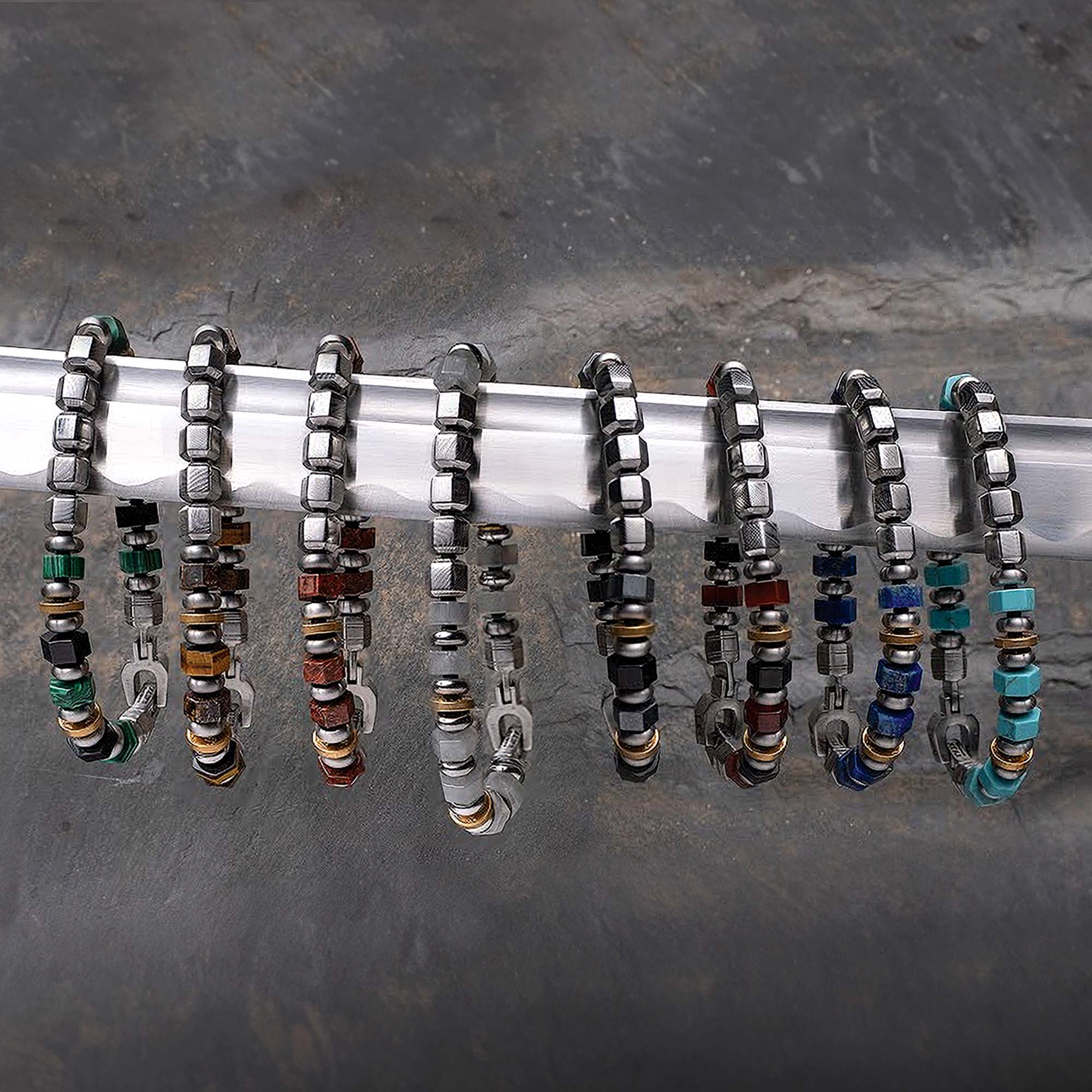Gems for men: It’s time for a revolution
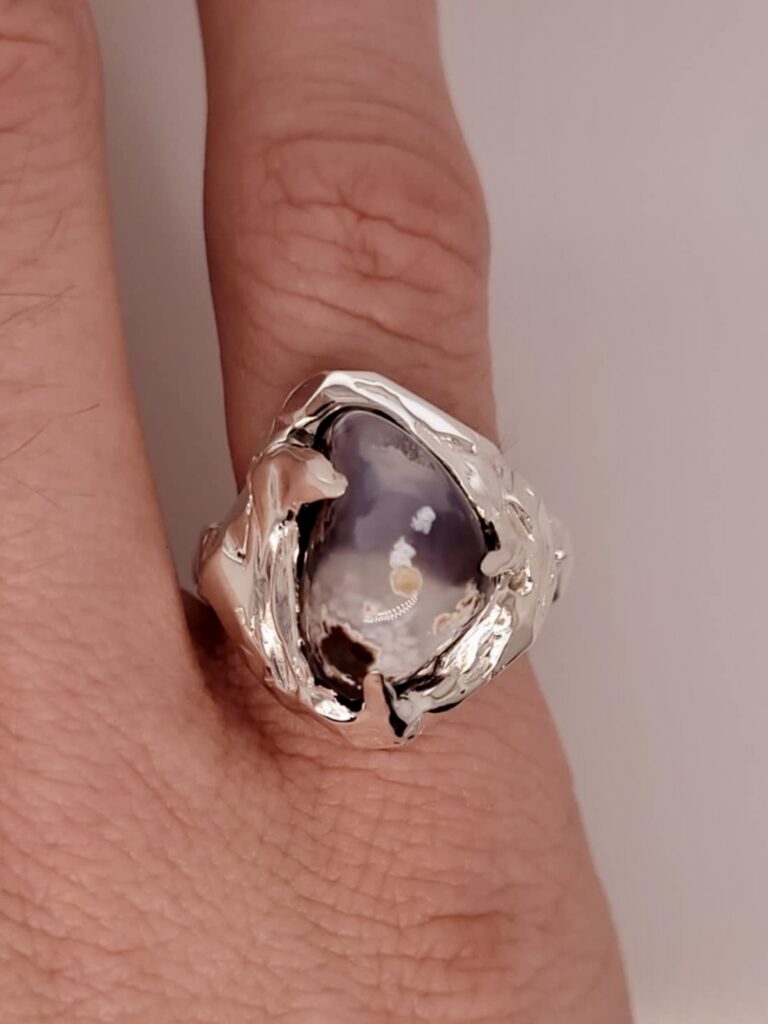
The world of gemstones is a rich and wonderful spectrum of colours. Often following the year’s trends or fads, they offer a wide variety to choose from, for all purposes and tastes. We make gem suggestions for a night out, for a special occasion, birthstones, weddings, anniversaries, or simply as gifts, but these events often portray a woman.
A lack of ideas or even originality comes for men in the coloured stone market. Very rarely will they, or we for that matter, stray from the classics: onyx, hematite, tiger eyes, etc. Those gems we know by heart in our industry. I would go as far as we know them to the point of rolling our eyes! It’s time, I think, for a coloured revolution, it’s time for coloured gemstones for men!
Types of gems
There are hundreds of gems on the market, and honestly, at the end of the day, one chooses what they like, and the jeweller and designer make that dream come true. Jewellery trends for men are not forgiving. Most of the time, they follow a rigid line of thinking and very specific types of jewellery.
Yet, let’s say you have a customer, looking for something, something dashing, something original, something not to do with onyx, but that would go well for a more masculine look? Hematite, lapis lazuli, onyx…even malachite! These gems are great, but very overused for the same generic looks and jewellery.
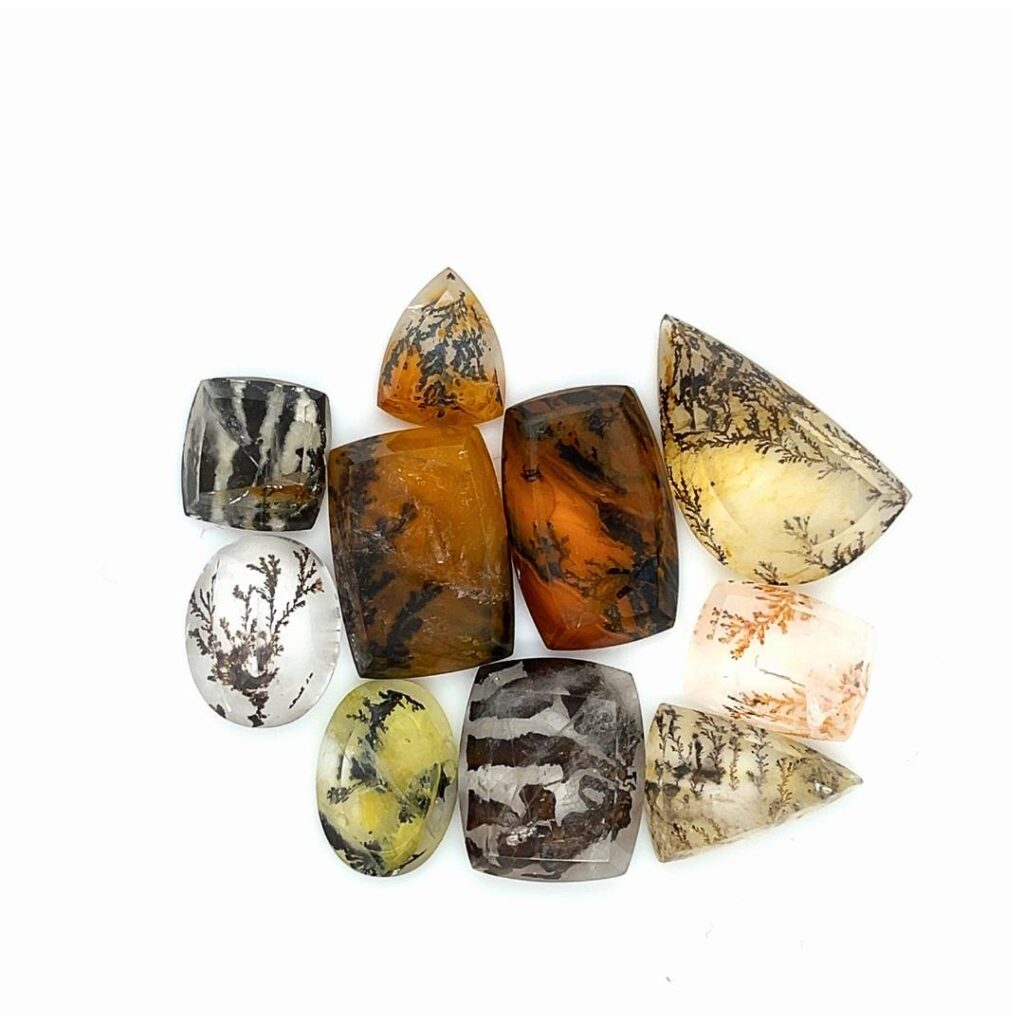
I could name dozens of options, some ranging from inexpensive to collectable, some ranging from common to rarer than a diamond!
Since we cannot write a whole book, I will name just a few options here and let your imagination run wild for the rest.
Pietersite—a commercial term for a variety of chalcedony and quartz. Originating mainly from Namibia and China, this gem is known for its chaotic chatoyancy and its beautiful colours. Like an abstract painting, it’s reminiscent of lava flowing on charred earth. With hues of red, blue, grey, some oranges and yellows, this gems is perfect for an original look , without being too showy. Being a quartz, it has a hardness of 7 on the Mohs scale.
Meteorite—an out-of-this-world gemstone that can show you a lot of variety in its mostly grey scale colours. A chic, sturdy option for those who like a metallic look and originality. You can find different styles of meteorite and etching to fit your clients’ needs. It mostly polishes like silver or gold, having a common iron-based composition in every meteorite. The surface etching can be redone by a professional over time. Palasite and gibbsite are examples of meteorite. You can also have full bands made out of meteorite, just be careful of the varieties that rust over time.
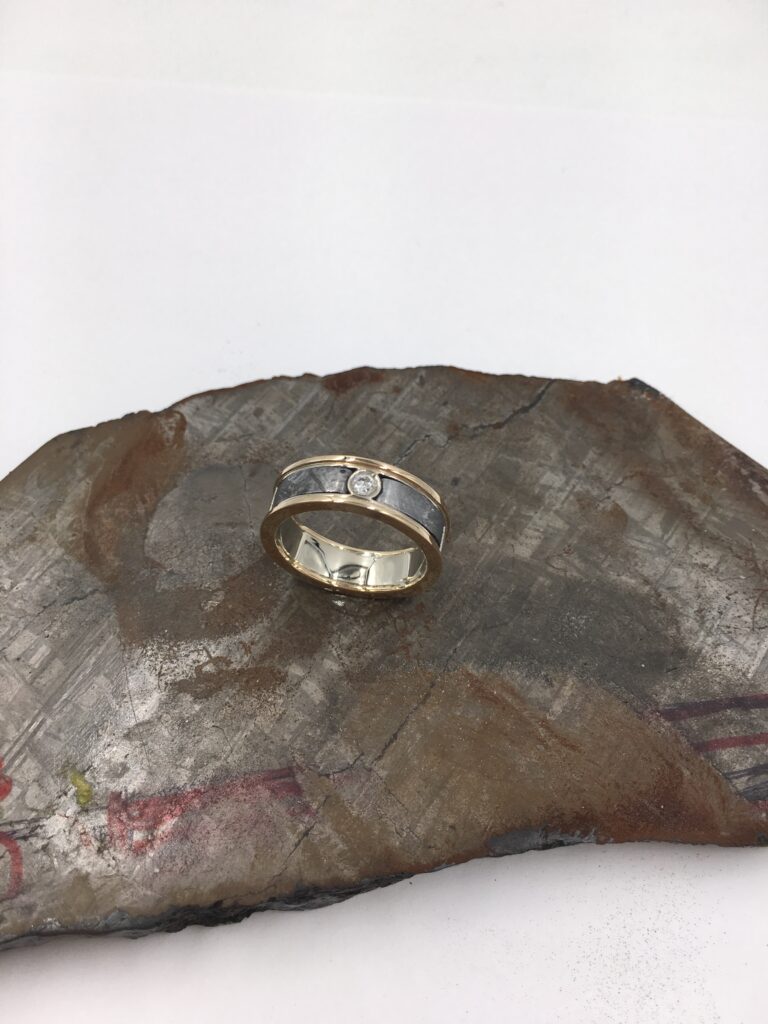
Agate—a highly versatile variety of quartz. Now, I know what you are thinking of: isn’t tiger eye a form of agate quartz? Isn’t it redundant? The simple answer would be no. The world of agate is so vast and full of choices, why choose the same gem over and over again? Earthy tones, dark shades, bright colours, all the choices are there; the client just has to learn about them. Fire agates are perfect for a bit of mystic, banded agate for a more classical look, even moss agate, a growing trend, has its place in men’s jewellery with its green tones. With a hardness of 7 on the Mohs scale, whatever agate you keep at your store or that you supply could be your next customer’s choice.
Black diamond—has always been an option over the years, but hasn’t been considered enough in terms of men’s jewellery. Some nice faceted emerald cuts or oval shapes to replace the boring onyx add a certain cachet. It’s a bold option that differs from the traditional colourless diamond, and adds a mysterious side to the piece. It has a hardness of 10 on the Mohs scale, making it a perfect option for any celebration or gift for men. It offers a subtle luxury to the owner. For those who don’t like the absolute in black, they can choose salt and pepper diamonds to add a bit of spice to their jewellery.
Colourless diamond—a good option to add sparkle to their life. Accentuate the main gem, or just make a statement that diamonds are forever for women and men! A timeless classic no one minds, especially with the Canadian diamonds on the market making a better option for clients. You can request other shapes than the classic brilliant. Be it portrait cuts, rose cuts, or even rough. It’s also the birthstone of the month of June.
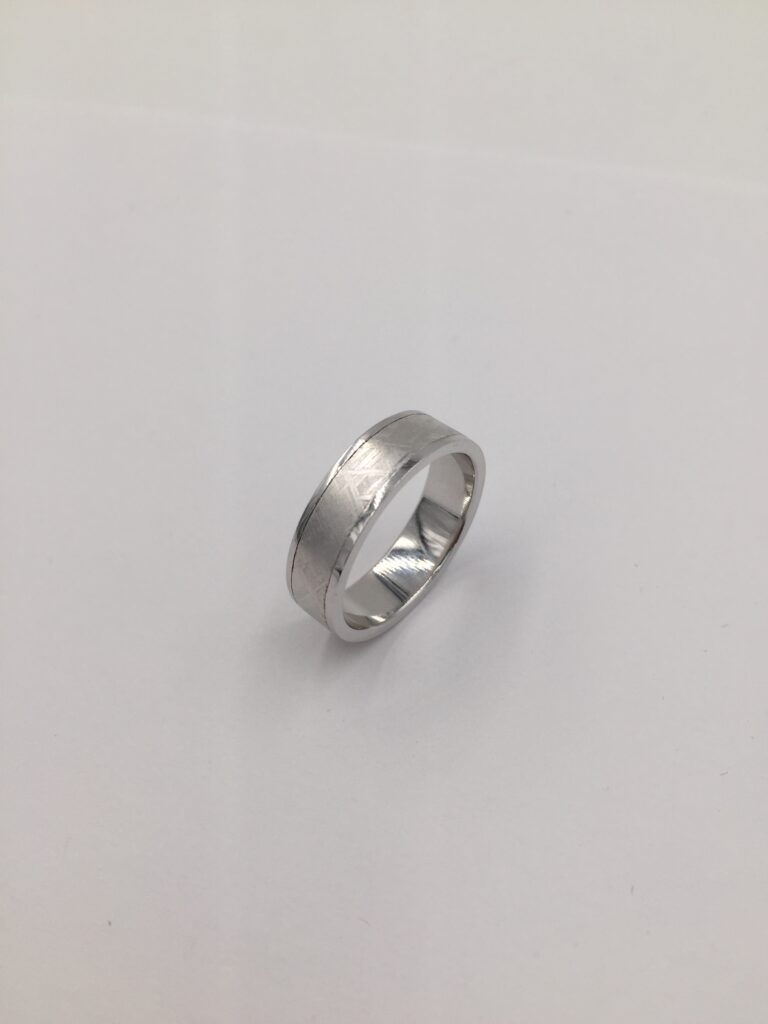
Green tourmaline—a gemstone often overlooked but not missing in terms of shades and tones of green. Chrome tourmalines offer the best deep forest green for any refined jewellery for him. With a hardness of 7 on the Mohs scale, it’s a good gemstone for any type of jewellery. It’s also the birthstone of the month of October. Tourmaline offers such a vast array of colours, the choice doesn’t stop at green. Brown, black, purple, electric blue, red, etc.—the choice is his.
Tsavorite—an underrepresented gemstone, in my opinion. It has a deep and vivid forest green colour as its best quality, which can rival tourmaline or even emerald without the hassle of inclusions, and is part of the garnet group (grossular variety). It has a hardness of 7 to 7.5 on the Moh’s scale, making it perfect for more risky designs. This gem mainly comes from Kenya and Tanzania, and is considered rarer to find than emerald, especially in larger sizes. It allows its wearer to stand out amidst other, more classic jewellery. It is the birthstone of January.
Emerald—cannot be ignored while talking about green gemstone options for men. It is an unbeatable classic for those who want to keep the traditional but sophisticated side of men’s jewellery. Historically worn by warriors and royals alike, it offers a distinct style. One just has to watch out for the inclusions that could fragilize them. It has a hardness of 7.5 on the Mohs scale, and it’s also May’s birthstone. If the client wants something different, mint-coloured emeralds are taking the market by storm at the moment.
Labradorite—its mystic appeal makes it the perfect gem for someone looking for an eye-catching aesthetic. First discovered in Labrador, Canada, this feldspar offers beautiful iridescent colours on its mostly grey base. Flashes of gold, blue, purple and green are the prime example of its optical phenomenon: labradorescence. For someone wanting something Canadian, or just a little more mysterious, this is the perfect gem. One just has to be careful of its relatively fragile hardness of 6 to 6.5 on the Mohs scale.
Tahitian pearls—these have seen a rise in popularity for men’s jewellery in the last few years. More and more, the natural and irradiated dark tones have found their place amongst more masculine lines of jewellery designs. Charcoals, steel, peacock or even bronze colours are sought after for pendants, bracelets, or even cuff links. Being the birthstone of June, it adds an option other than the alexandrite. Cultured in French Polynesia, those dark pearls offer a mysterious flair and look less delicate than their white counterparts. Worn by warriors in Polynesian culture, it’s just a matter of bringing back its cultural power.
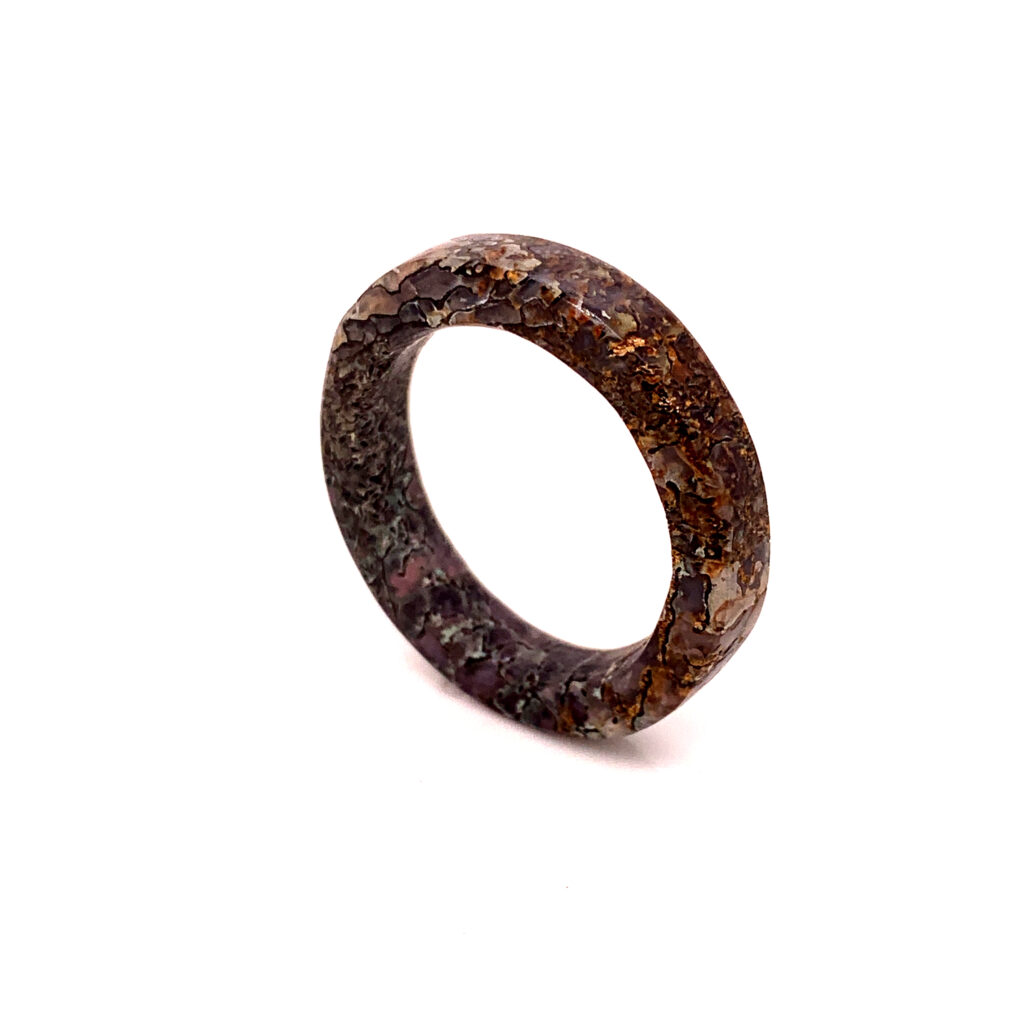
Silicified dinosaur bones—a unique material blending natural history, geology, and great looks. Silicified dinosaur bones are fossiled bones that underwent a process where silica (quartz) replaced over millions of years, the organic bone material. It transforms the bone (while leaving all the important cellular patterns and colours) into timeless gemstones with the hardness of quartz. Coming in multiple colour palettes like red, grey, green, yellow, brown, black, etc. Each pattern and type of fossilized dinosaur bones offers up a story for men’s jewellery.
Conclusion
All these precious gemstones are but simple examples of the wide world of gems offered to us. Using the classics with a twist, or even just working with rough or tumbled materials instead of just faceted ones, is another way we can make leaps in men’s jewellery designs.
Of course, gems like onyx or hematite will always have their space in men’s jewellery wear. Classics are there for a reason after all. Having more options on your plate means more chances on your side to make an interesting sale.
Gemstones are but the accessories to a jeweller, and the real feeling of masculinity or power is for the customer to fall in love with your jewellery.
Lauriane Lognay is a fellow of the Gemmological Association of Great Britain (FGA) and has won several awards. She is a gemstone dealer who works with jewellers to help them decide on the best stones for their designs. Lognay owns Rippana, Inc., a Montréal-based company that offers coloured gemstone, lapidary, and jewellery services. She can be reached at rippanainfo@gmail.com.

